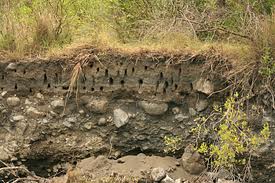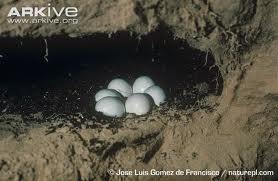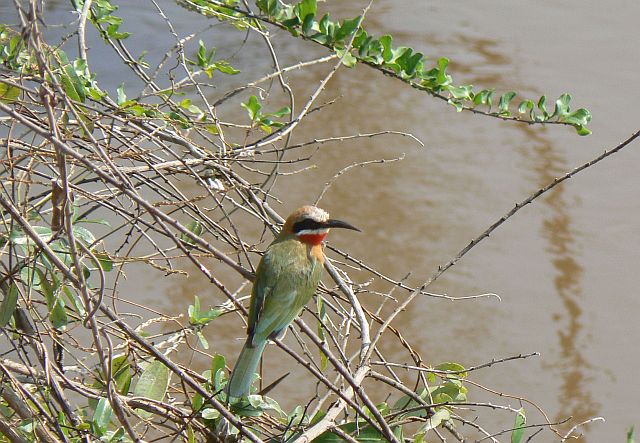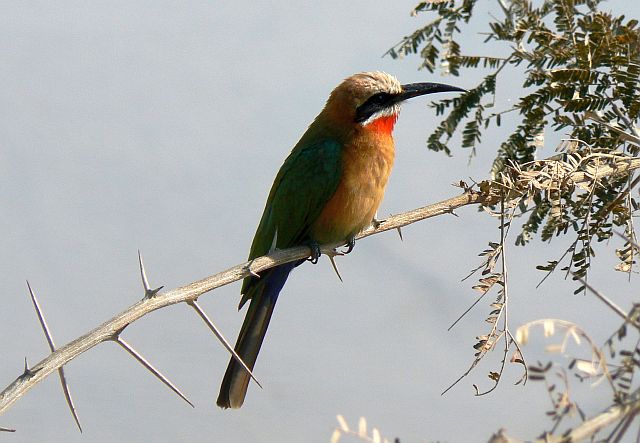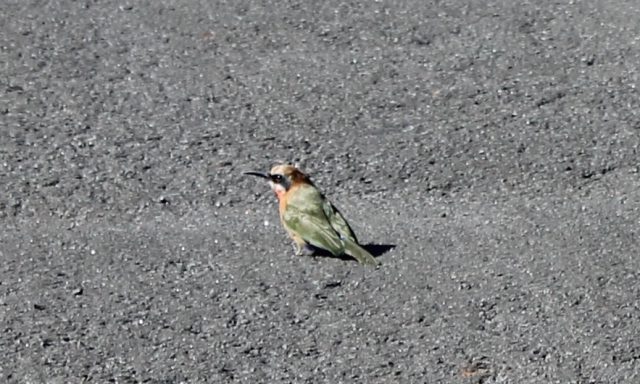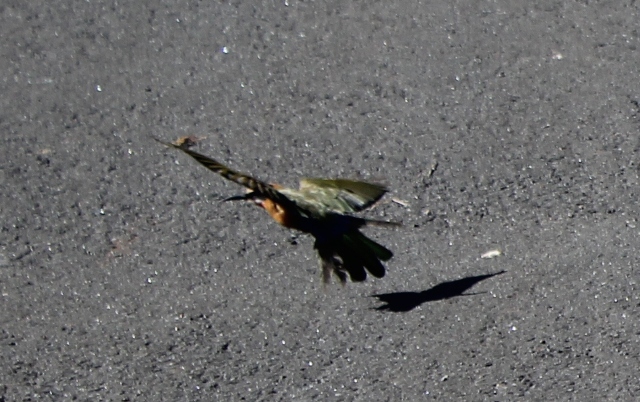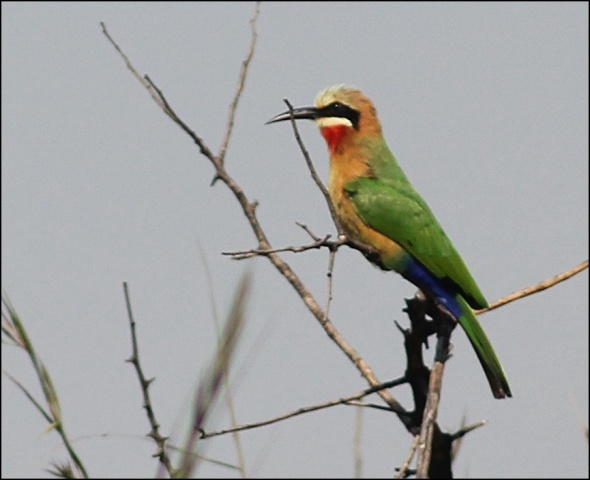The aim of the thread is for all mites to join in and to :
* Endeavour to find and mark-off as many species in your bird/animal book as possible.
* To highlight their different behavior, diets, breeding.
* To chat about their habitats and migration.
* Dig up all your pics you have and share with us.
* Take your camera on a hunting trip.
OCTOBER – BEE-EATERS
Let’s start with Bee-eaters and do an animal next month.
In our AW bird book we have some beautiful pics of:
European Bee-eater by Flutterby
Southern Carmine Bee-eater by Flutterby
Little Bee-eater by Dewi
Swallow tailed Bee-eater by Mel
White fronted Bee-eater by Sprocky
The Blue-cheeked bee-eater and Swalllow-tailed Bee-eater is found in the far northern parts of S.A, Mozambique and our Northern border countries.
(anyone for a travel to get us a pic)
The four species, Rosy Bee-eater, Bohm’s Bee-eater, White-throated Bee-eater and Olive Bee-eater might be more of a challenge as they are only on the Northern borders of our neighbors.
Of the 25 recognised species,
18 occur in Africa.
Asia has five species of Bee-eater,
and Australia just one.
Most favour open savannah or forest-fringe habitats, often in proximity to rivers, where insects are abundant and breeding sites plentiful.
Closely related to Kingfishers and Rollers - and certainly just as colourful - Bee-eaters are skilled and specialised predators of bees and other winged insects. Their prey is taken in mid air, usually after some accomplished acrobatics, and often brought to a perch to be immobilised and swallowed.
I recall seeing some pics on this forum showing off the acrobatics.
Watching these bold and energetic birds is hugely entertaining and because many species are quite relaxed in the presence of man, photographic opportunities come readily. For these reasons, Bee-eaters are among the most admired of birds.
**(information from Google and Africa Wild forum)
over to you.....





